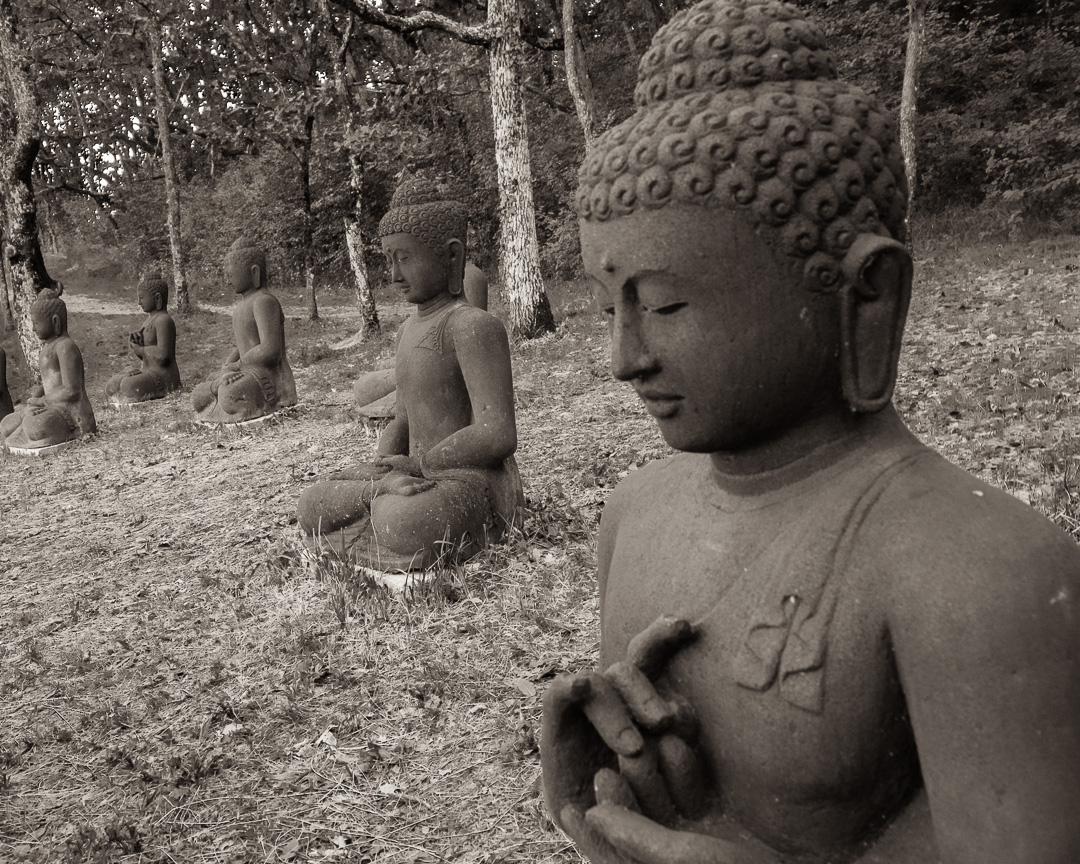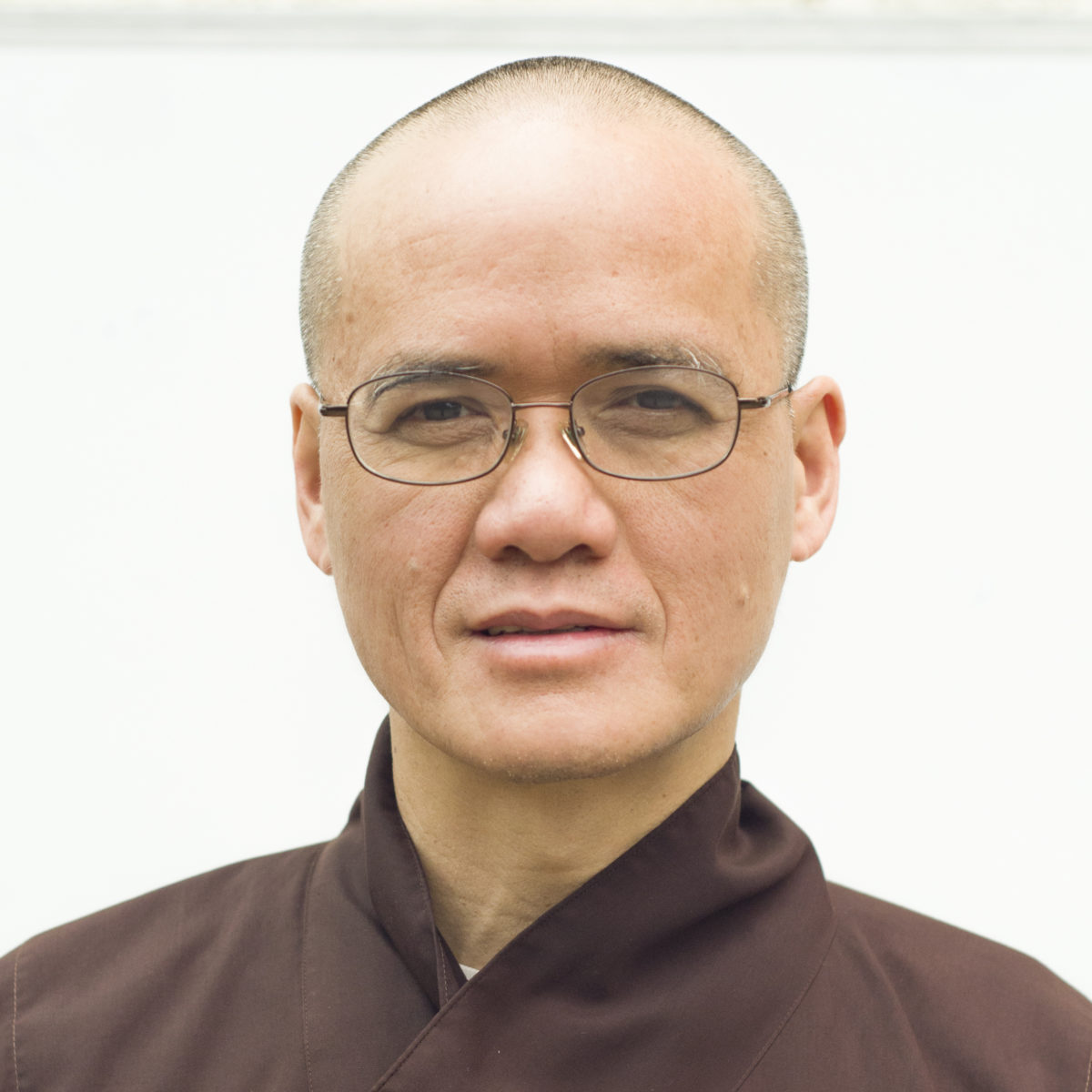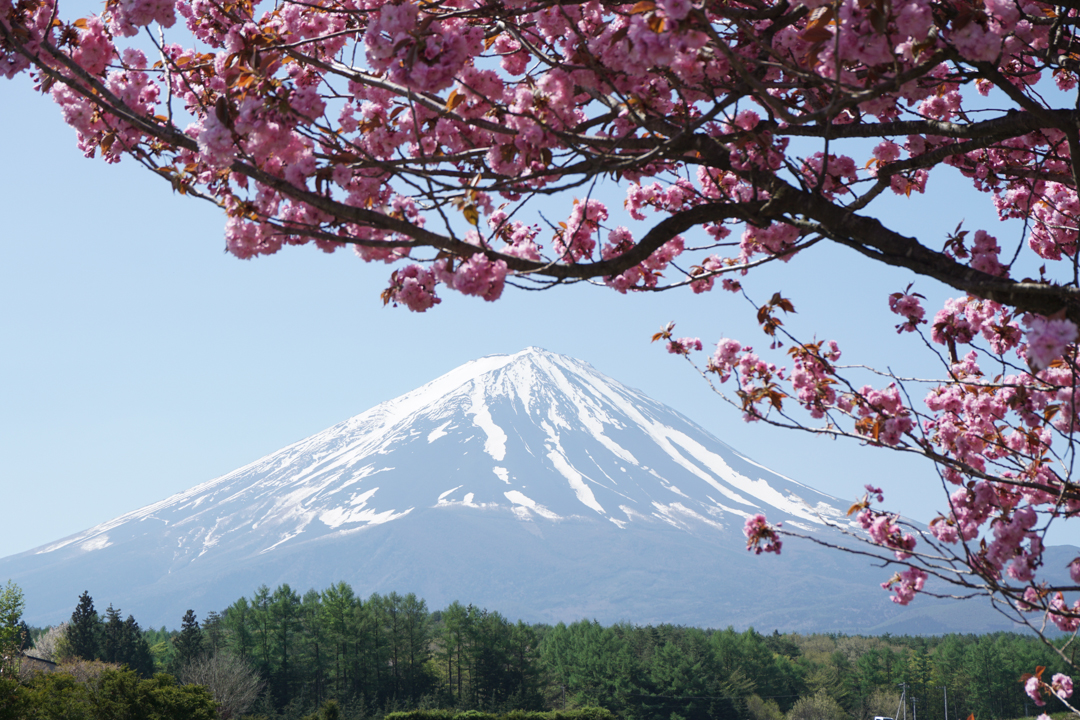A Way of Well-Being
By Chan Phap Kham

Plum Village Hong Kong (PVHK) was established in November 2008 as a religious, educational, and charitable organization with the official name The Plum Village Foundation Hong Kong Ltd. In February 2009, we opened the At Ease Mindfulness Practice Center in a small apartment in Tsim Sha Tsui. In April 2011, we moved to the Lotus Pond Temple and Bamboo Forest Monastery in Ngong Ping,
A Way of Well-Being
By Chan Phap Kham

Plum Village Hong Kong (PVHK) was established in November 2008 as a religious, educational, and charitable organization with the official name The Plum Village Foundation Hong Kong Ltd. In February 2009, we opened the At Ease Mindfulness Practice Center in a small apartment in Tsim Sha Tsui. In April 2011, we moved to the Lotus Pond Temple and Bamboo Forest Monastery in Ngong Ping, Lantau Island. During a visit to Hong Kong in April and May 2011, Thay officially established the Asian Institute of Applied Buddhism (AIAB) to help bring applied and relevant aspects of Buddhism to the people of Asia-Pacific.
As with other Plum Village centers, PVHK functions as: (A) a monastery for monastics; (B) a practice center for laypeople; (C) an Institute of Applied Buddhism; and (D) a center of collaboration with other organizations, both lay and monastic (see diagram below).
All four of these functions share the core study, teachings, and practices of Plum Village (identified as area E in the diagram), which consist of the following:
Mindfulness Practice: as taught by the Buddha in the Discourse on Full Awareness of Breathing (Anapanasati Sutta) and the Discourse on the Four Establishments of Mindfulness (Satipatthana Sutta);
Abhidharma: Manifestation-Only Teachings (Vijnaptimatrata of the Yogacara School).
Basic Teachings: Four Noble Truths; Noble Eightfold Path; Three Dharma Seals (Impermanence, Selflessness/Interbeing, Nirvana); Three Doors of Liberation (Emptiness, Signlessness, Aimlessness); and Interdependent Co-Arising.
Ethics: Five Mindfulness Trainings for laypeople and Fourteen Mindfulness Trainings (Bodhisattvas’ Precepts) for both laypeople and monastics, and Revised Pratimoksha for monastics.
Four Dharma Seals of Plum Village: I Have Arrived, I Am Home; Go as a River; Interbeing Nature of Truth and Time; and Our Consciousness Is Continuously Ripening.
As PVHK has relatively few monastics compared to other Plum Village centers, it has developed more in the areas of lay practice, collaboration with other organizations, and the functions of the Institute. In 2014, PVHK established the Plum Village Mindfulness Academy to further develop those three areas and to offer a non-sectarian study and practice program for lay professionals who aspire to apply the practice in their fields of work (e.g., mental health, physical health, education). Moreover, the Mindfulness Teachers Association was established to help communicate with other professional organizations in the field of mindfulness.
TAKING CARE OF CARETAKERS
In 2012, a survey of 226 doctors in Hong Kong public hospitals found that about 30% of them suffered from burnout, emotional exhaustion, and other mood symptoms, and 10% even thought about suicide.1 Besides the common reason of work overload, there was a feeling of being under-appreciated in their work. It was clear that caretakers needed to learn how to take better care of themselves before taking care of others. Hence, in 2012, we started an initiative called Healthy Body Healthy Mind and an approach called Mindfulness Born Peace and Happiness (MBPH) to facilitate the integration of mindfulness practices in the health care and social services fields for the well-being of professionals and the people they serve. This is a continuation of Thay’s work in the field, following the retreats held for psychotherapists and neuroscientists in Colorado (1989), Florida (1997), Zurich (1998), and France (2002 and 2006).
In recent years, there have been increasing requests from lay practitioners as well as the public to train people formally in the practice of mindfulness so they can apply the practice appropriately for themselves, the people they serve, and their employees. To meet this need, the Plum Village Mindfulness Academy has offered a one-year Mindfulness Teachers Training Program, using the MBPH approach, to those who want to apply mindfulness in their work. The first program was started in August 2014 and completed in July 2015 in Hong Kong.
The term “Mindfulness Born Peace and Happiness” comes from the fifth and sixth breathing exercises of the Discourse on Full Awareness of Breathing, using the word “peace” instead of “joy.” Mindfulness Born Peace and Happiness means the moment we practice (Right) Mindfulness, peace and happiness are born. Letting go, mindfulness, concentration, and insight are all sources of peace and happiness. Hence, MBPH embraces the essence of Peace and Happiness Born from Letting Go, Peace and Happiness Born from Mindfulness, Peace and Happiness Born from Concentration, and Peace and Happiness Born from Insight.
Mindfulness is a way of living that brings peace and happiness to those who practice it. This is reflected in the name of the training program—Mindfulness Born Peace and Happiness: A Way of Well-Being. It has three main themes: cultivating peace and happiness, transforming pain and suffering, and living a healthy and compassionate life.
Core subjects of Mindfulness Born Peace and Happiness are:
The Full Awareness of Breathing and the Four Establishments of Mindfulness,
Manifestation-Only Psychology (i.e., study of the mind and behaviour according to Manifestation-Only Teachings), and
The Five Essential Mindfulness Practices (i.e., Five Mindfulness Trainings serving as guidelines for living a healthy and compassionate life).
Firstly, the teachings in the Full Awareness of Breathing and the Four Establishments of Mindfulness are very useful for the mental health field, since mindfulness was first discovered by the Buddha to transform defilements of the mind. The opening paragraph of the Discourse on the Four Establishments of Mindfulness states, “there is a way to help living beings realize purification, overcome grief and sorrow, end pain and anxiety, travel the right path, and realize nirvana (a tranquil state of mind, absence of dualistic thoughts).” The way is the Four Establishments of Mindfulness, in which “a practitioner remains established in the observation: (1) of the body, (2) of the feelings, (3) of the mind (thoughts, mental formations), and (4) of the objects of mind (perceptions)—diligently, with clear understanding, mindfully, having abandoned every craving and every distaste for this life.”
Secondly, the Four Right Diligences (usually known as Four Right Efforts, samma padhana in Pali), which can be considered as the first recorded psychology lecture in history, can be used as a basis to connect Manifestation-Only Psychology with the five major paradigms of modern western psychology. We see some elements of biological psychology, behavioral psychology, cognitive psychology, psychodynamic psychology, and humanistic psychology in the Four Right Diligences: create conditions for unwholesome seeds not to arise in mind consciousness, and bring them down once they have arisen; create conditions for wholesome seeds to arise, and keep them there once they have arisen.
Thirdly, the Five Mindfulness Trainings, which are interpreted as global ethics, are an essential element of the Mindfulness Teachers Training Program. They bring mindfulness into daily life and helps us to create a healthy and compassionate living environment for ourselves and others. It helps cure societal sickness. In Hong Kong, the expectation of having a good education from prestigious schools so as to get a high-paying job and status has brought much pain and suffering to many teachers, parents, and students. Competition starts in play groups where toddlers receive “formal” training to build a strong personal portfolio for later admission into a kindergarten. Many of these toddlers and their parents suffer from anxiety. What kind of medications can we prescribe for them? We need to prescribe True Happiness, the Second Mindfulness Training, as a medication to heal this societal illness. Parents, teachers, and students are all victims of “running after wealth, fame, power, and sensual pleasures.” The global ethics can help steer the collective consciousness toward the understanding that “happiness depends on my mental attitude and not on external conditions, and that I can live happily in the present moment simply by remembering that I already have more than enough conditions to be happy.”
MBPH participants study these three core subjects in a structured one-year program. However, students are reminded to relearn them from time to time, as it takes a lifetime of practice to truly understand and experience them. A major requirement of the program is that students practice mindfulness at least two hours a day in daily activities and maintain regular practice with a Sangha.
BECOMING GOOD MINDFULNESS FARMERS
In 2003, on a Plum Village teaching trip with Thay in Florence, Italy, I met a farmer whose family had been in the business of making olive oil for several hundred years. He said that by tasting a few drops of olive oil, he could tell when and where the olives were planted and harvested, what kind of soil was used, and the amount of rain and sunlight the olives received. He knew a lot about olive oil. It took years for him to gain this knowledge through the process of planting, harvesting, and producing the olive oil. So, when we have sufficient conditions (e.g., practicing full time in a practice center where everything we do is connected with mindfulness), we can become good mindfulness farmers.
One cannot be a mindfulness teacher without first being a mindfulness practitioner. People often ask how to apply mindfulness in different fields and circumstances. By offering the training of mindfulness as it was practiced and taught by the Buddha 2,600 years ago, with updated methods, we can provide practitioners with enough material for them to apply the practices in different scenarios. Let’s use soybeans and water as an analogy. For vegetarians, soybeans are a good source of protein. Using soybeans and water, a good cook can make many different dishes such as soy milk, tofu, and bean curd skin. What we do is like providing good soybeans and water for people to make good soy milk, tofu, and other dishes that they need. Teachings of Manifestation-Only Psychology are like soybeans; teachings from the Discourses on Mindful Breathing and the Four Establishments of Mindfulness are like water; and the Five Mindfulness Trainings are like a basic cookbook, providing many ways of bringing mindfulness into daily life.
Since the establishment of the Healthy Body Healthy Mind initiative and Mindfulness Born Peace and Happiness in July 2012, the AIAB has been holding quarterly Health Care Days of Mindfulness in cooperation with the Centre on Behavioral Health and the University of Hong Kong, as well as annual mind-body health retreats in Hong Kong and annual retreats for health care professionals in Thailand. We also held Health Care Days of Mindfulness in Malaysia, Singapore, and the Philippines. In 2015, a Health Care Day of Mindfulness was held at St. Luke’s Hospital in Tokyo, and another was offered for the Philippine Psychiatric Association in Manila.
At the 2002-2003 Plum Village Winter Retreat, Thay proposed to establish a compassionate listening phone line to help people deal with mental illness, especially young people wanting to commit suicide. According to the World Health Organization, about one million people commit suicide each year. It is tragic and a huge mental health disaster. What can we do to help? Plum Village Hong Kong is establishing the Breathe and Smile Mindbody Wellbeing Center as a manifestation of the compassionate listening line to help bring relief from mental suffering.
Information about MBPH can be found at mindfulnessacademy.org. Information about the Breathe and Smile Mindbody Wellbeing center can be found at breathesmile.org.
1 Emily Tsang, “Burnout plaguing 30% of doctors,” South China Morning Post, June 2, 2012.

Bhikkhu Thich Chan Phap Kham has been a disciple of Thich Nhat Hanh since 1987. He was ordained a monk in 2000 and a Dharma teacher in 2004. A native of Vietnam, he immigrated to the United States in 1979, and studied and worked as an electronics engineer from 1983-1997. He currently serves as Executive Director of The Plum Village Foundation Hong Kong Ltd. and as director of its four working units.

